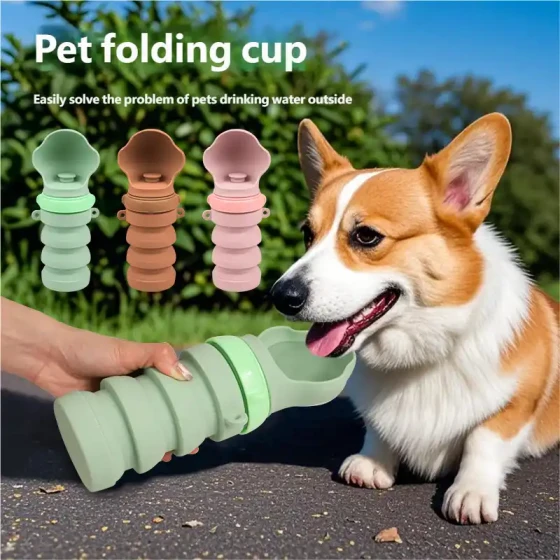How to Care for Elderly Dogs
It is well known that the average lifespan of dogs is generally around 12-15 years. According to a survey by a certain authoritative foreign institution, the average lifespan of dogs is about 12.8 years. Of course, the lifespan varies among different breeds and sizes of dogs. For example, small and medium-sized dogs tend to live longer than large dogs, and mixed-breed dogs tend to outlive purebreds. Generally speaking, small and medium-sized dogs enter their senior stage starting at 8 years old, while large dogs start at 6 years old. How to make the final stage of a dog’s brief life happier is a concern for most owners. This article gives a brief introduction on how to care for elderly dogs.
1. How exactly to convert dog age
The commonly used method to convert dog age is the 1:7 method, i.e., multiply the dog’s age by 7 to get the equivalent human age. However, if you think carefully, this method has obvious logical errors. For example, when a dog is 1 year old, the method converts it to 7 years old in human terms. But dogs are generally capable of mating and reproducing at about 8 months, so this method implies dogs can reproduce when equivalent to a 5 or 6-year-old human child, which is illogical since humans at that age haven’t even entered puberty. Therefore, the dog’s growth and development in the first year far exceed the 1:7 ratio. Currently, there are two other conversion methods that are considered more scientific. One states that a 1-year-old dog is equivalent to a 17-year-old human, a 2-year-old dog equals 23 humans, a 3-year-old dog equals 28 humans, and every year after that adds 4 human years each. The other says a 1-year dog equals 21 human years, and every additional dog year adds 4 human years. As shown in Chart 1, the 1:7 method differs significantly from the latter two, while the two new methods are roughly similar.
Chart 1: Dog Age Conversion Table
Dog Age
Equivalent Human Age
1:7 Method
First New Method
Second New Method
1
7
17
21
2
14
23
25
3
21
28
29
4
28
32
33
5
35
36
37
6
42
40
41
7
49
44
45
8
56
48
49
9
63
52
53
10
70
56
57
11
77
60
61
12
84
64
65
13
91
68
69
14
98
72
73
15
105
76
77
2. Nutritional needs of elderly dogs
Actually, the basic nutritional needs of elderly dogs do not differ much from when they were young, but their metabolism and utilization of nutrients decline, mainly due to organ function degradation. Therefore, certain nutrients may need to be reduced in the senior period to lessen organ burden. However, it should be noted that nutritional needs in senior dogs are closely related to their health status and body condition, and cannot be judged solely based on age.
1. Calories: As dogs enter their senior stage, their activity level decreases and metabolism slows, leading to reduced calorie expenditure. Therefore, calorie intake should be moderately reduced. However, for thin or continuously losing weight dogs, calorie intake should be increased accordingly, for example by increasing the fat proportion in dry matter to improve palatability and nutrient utilization.
2. Dietary Fiber: For dogs that need to reduce calorie intake normally, appropriately increasing dietary fiber ensures satiety while reducing calorie intake and preventing common constipation problems in elderly dogs. However, for thin or weight-losing dogs, fiber intake should not be increased too quickly or excessively.
3. Protein: With aging, dogs’ protein reserves weaken and their initial protein stores gradually decrease. Protein is important for the immune system, so the protein proportion in the diet should be increased by about 50%. But for dogs with kidney disease, increasing protein should be considered carefully.
4. Trace Elements: The need for trace elements in elderly dogs is basically consistent with adult dogs; only appropriate supplementation is necessary. However, for dogs with certain health problems, intake should be adjusted according to the illness. For example, dogs with hypertension or heart disease should have reduced sodium levels in their diet.
5. Water: All bodily functions require water, so never neglect water. Providing ample clean drinking water is crucial for elderly dogs.
6. Others: When considering senior dog nutrition, one often overlooked key issue is the dog’s oral health. Regardless of the nutrient content, food enters the body through the mouth. Even if you prepare the best nutritious meal, it’s useless if the dog cannot eat it properly. Common tools for dog oral health include dental chews, dog toothpaste, and toothbrushes. Larger veterinary hospitals also offer dental cleaning services. But note that dental cleaning requires anesthesia, which carries risks, so it is not recommended for weak dogs. During daily feeding, pay attention to palatability, avoid foods that severely wear teeth such as hard bones, and also avoid feeding only soft food which may cause tartar buildup. For elderly dogs, choose softer, smaller-sized food to reduce tooth wear. For dogs already with dental disease, seek help from your vet promptly.
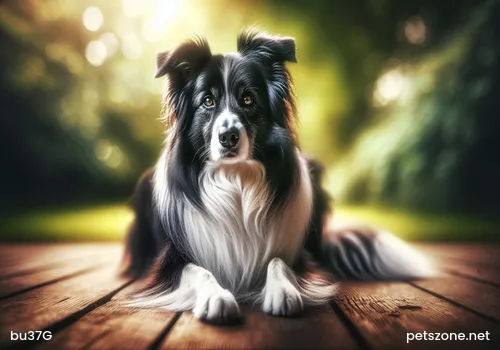
Figure 2: Toothpaste and toothbrush specifically designed for dogs
3. Daily care for elderly dogs
1. With age, elderly dogs experience decline in physical reserves and organ function, so intense exercise is unsuitable. Walks and light jogging are more appropriate. Avoid letting elderly dogs climb stairs for long periods or frequently as this increases spinal burden.

Figure 3: As dogs age, their resting time increases
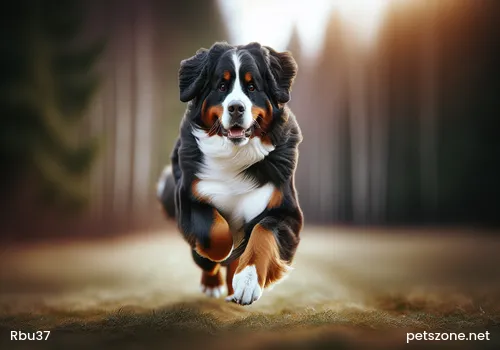
Figure 4: As dogs age, their resting time increases
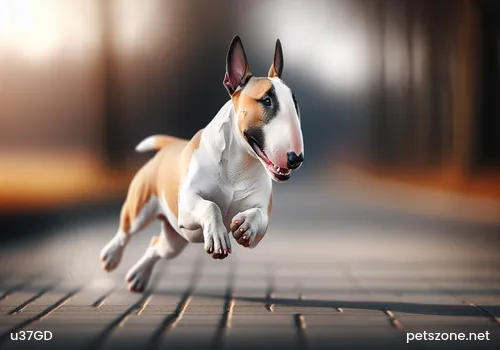
Figure 5: Elderly dogs tend to have calmer temperaments
2. Elderly dogs' ability to regulate body temperature also gradually weakens. During daily care, pay attention to weather changes and appropriately adjust environmental temperature, especially during seasonal transitions. For example, when the weather cools, prepare a warm and dry dog bed in time, and during hot weather, turn on fans or other cooling devices promptly.
3. Many elderly dogs suffer from chronic diseases. Besides giving medication on time, owners should consult the vet about dietary restrictions related to the medications.
4. Lastly, and most importantly, owners must be patient with elderly dogs. Compared with their younger days, response speed slows, they are less lively, and may even have occasional accidents. But owners should realize that dogs have lived with family members for many years and understand household habits and what they should or should not do. However, due to organ decline, they sometimes cannot help these behaviors. Therefore, giving elderly dogs enough patience and tolerance is the key to daily care.
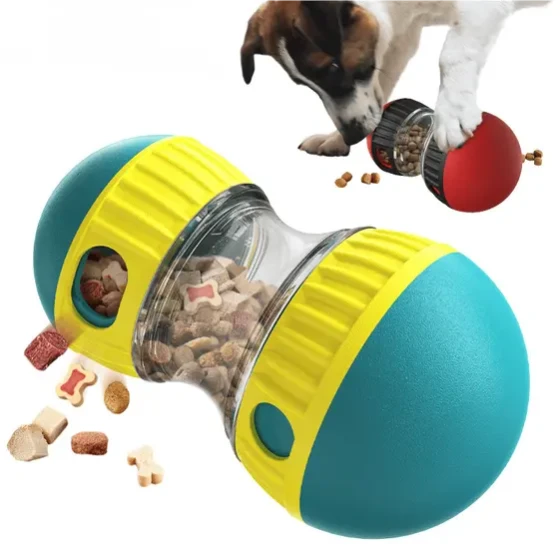
-560x560.webp)
-560x560.webp)
